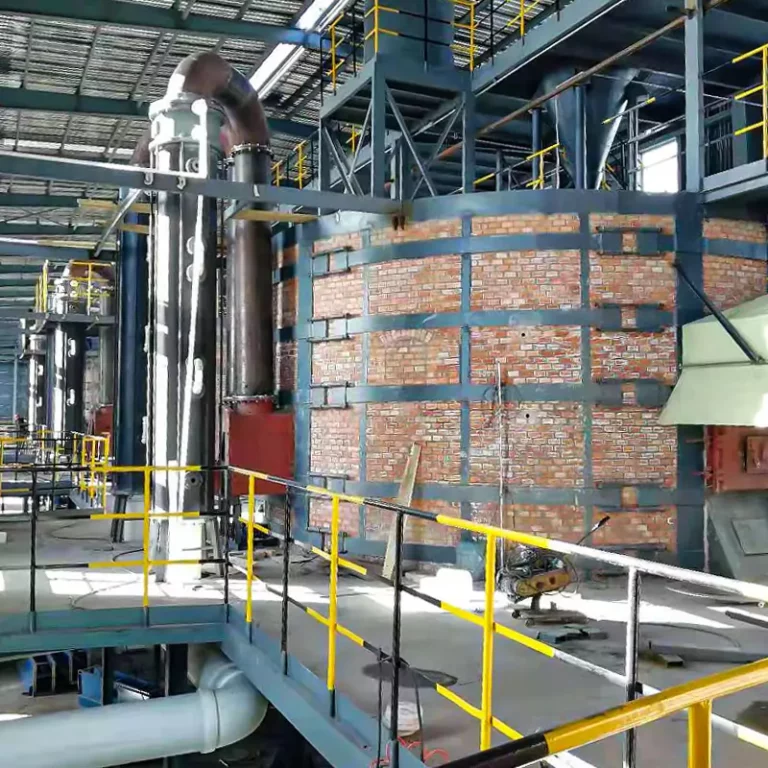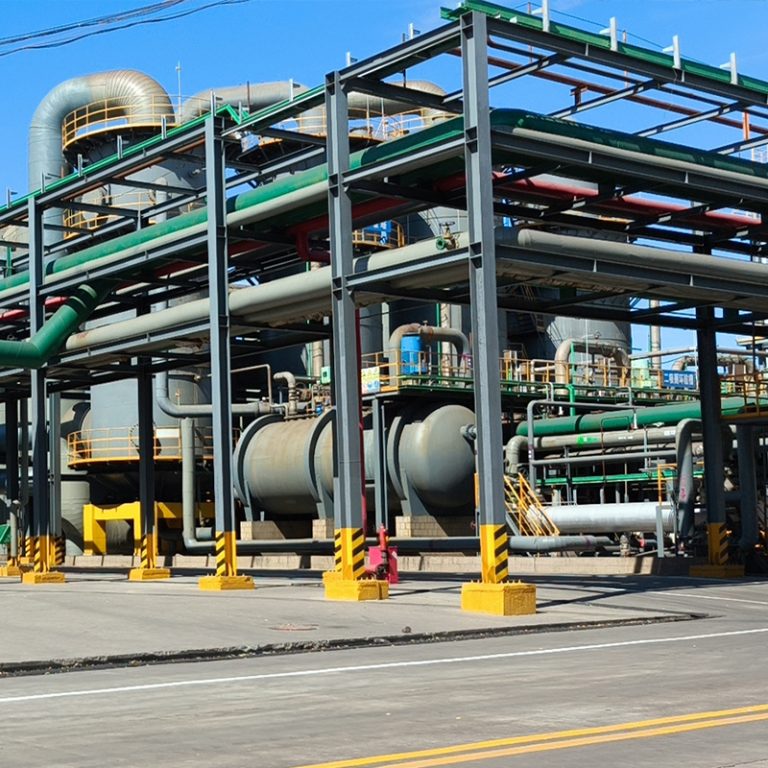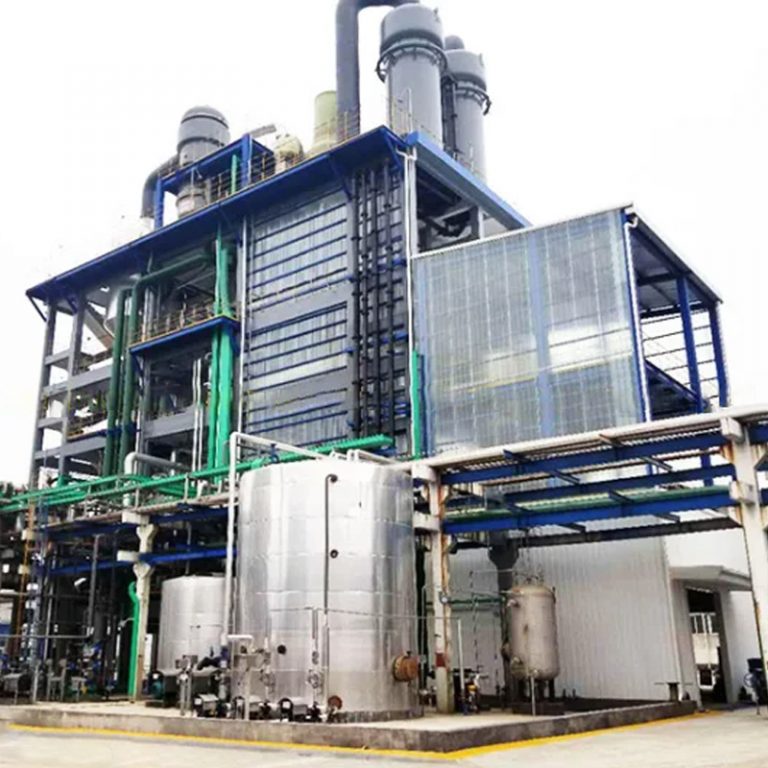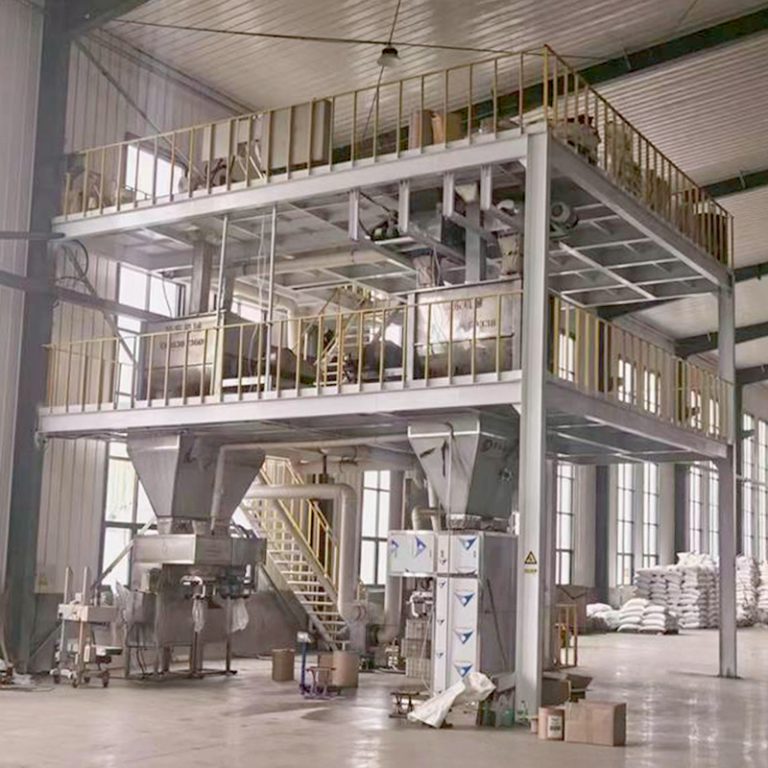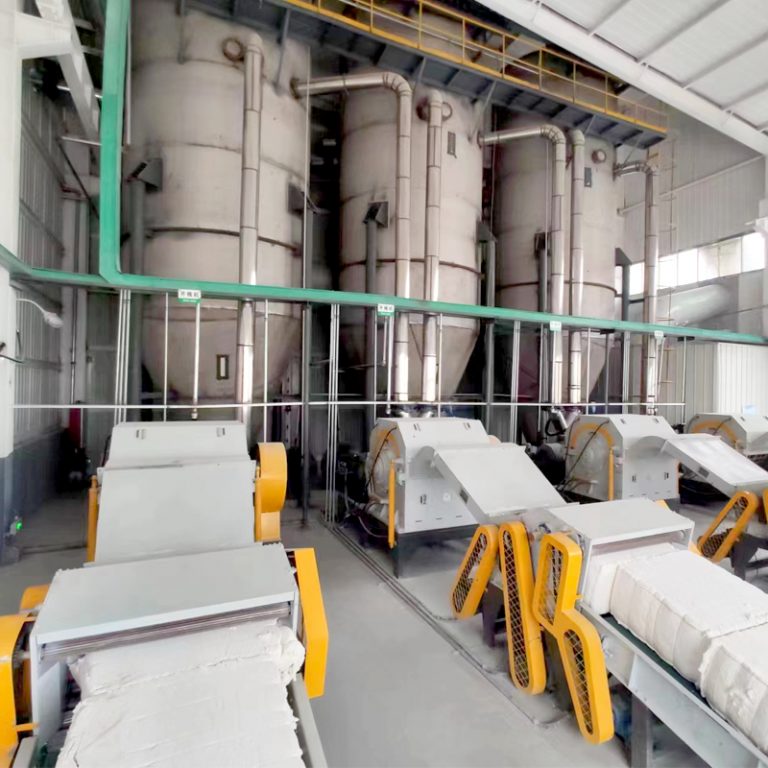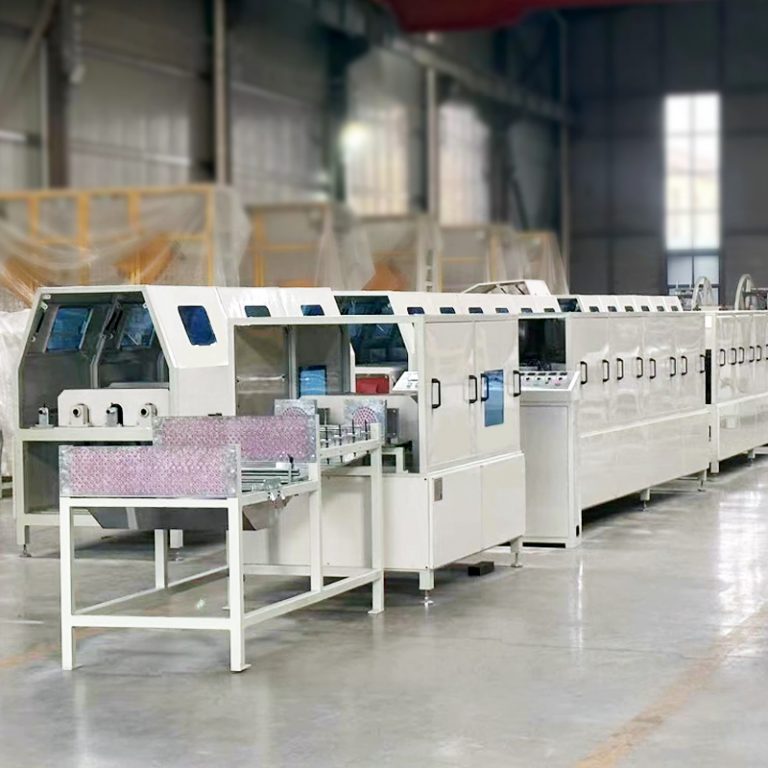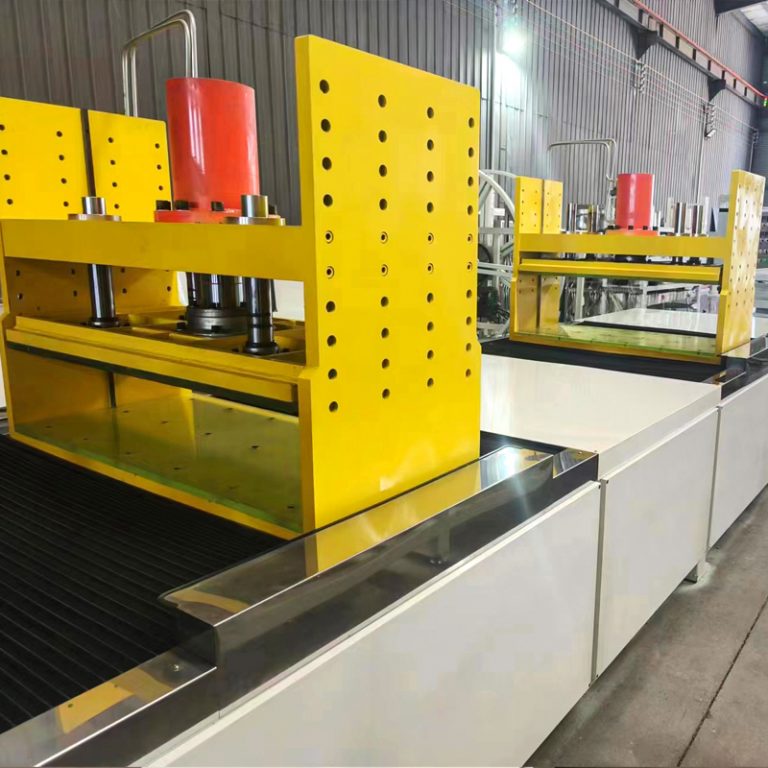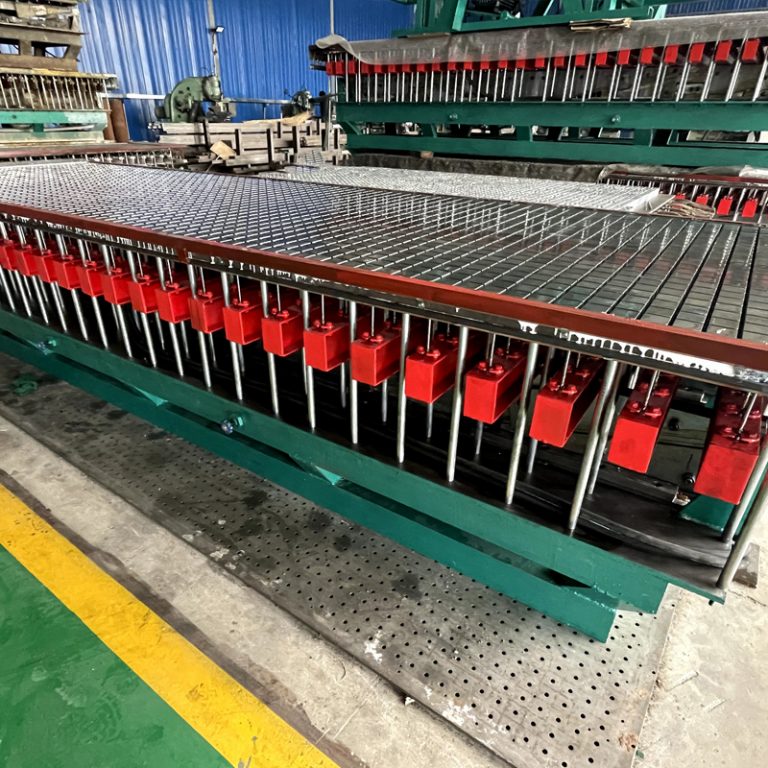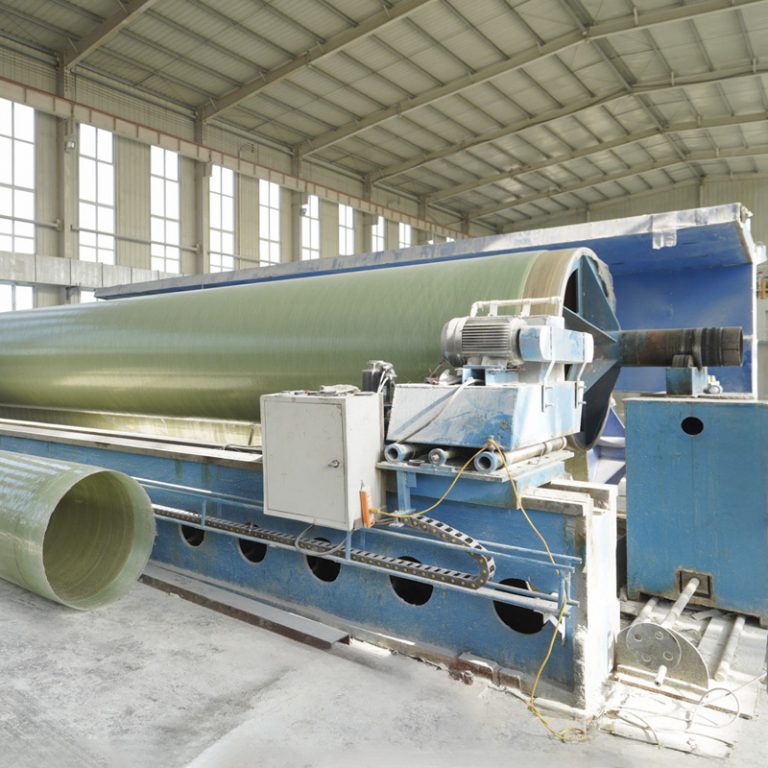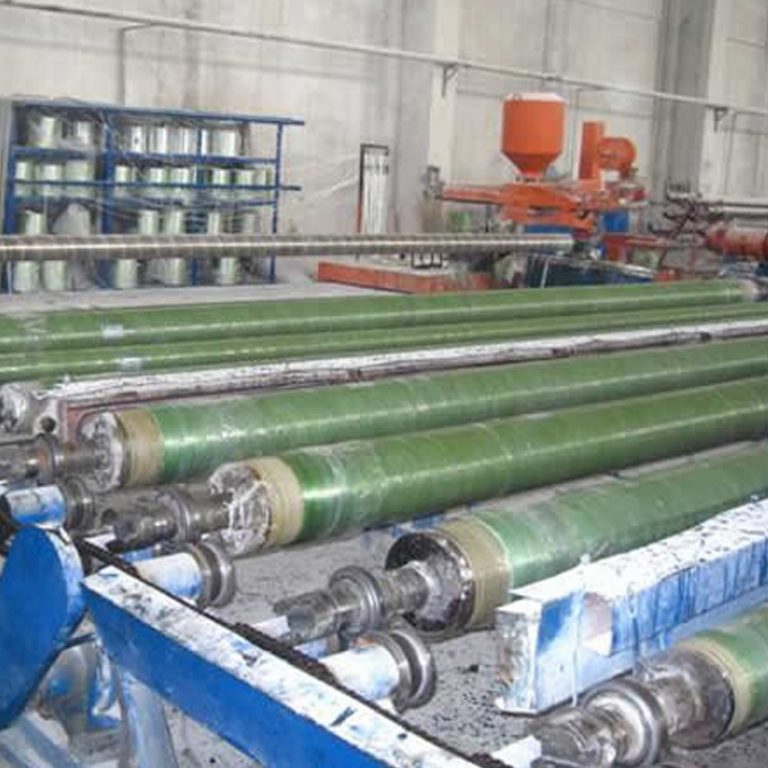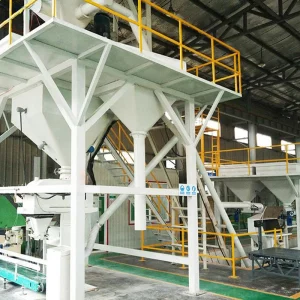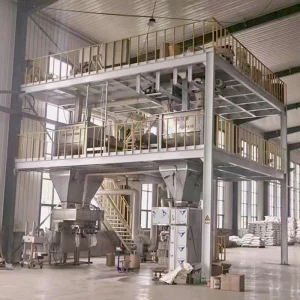Enhancing Efficiency in Fertilizer Production
The new water soluble fertilizer production line is changing the game in how fertilizers are made and brings a range of benefits that boost efficiency and productivity.
Streamlined Manufacturing Processes
A brand new fertilizer production line that specializes in water fertilizers has been introduced to the market recently; it involves a series of steps such as material feeding, batching, mixing and packaging. Around 3 to 10 different ingredients are mixed evenly based on a specific formula. Then the materials are automatically weighed, packed and sealed. Not only does this speed up the production but also ensures quality in the final product. With the help of advanced technology, every stage of production is monitored and controlled with a focus on reducing errors and wastage.
Improved Quality Control
The use of a dual ribbon mixer is incorporated in this setup comprising components such as a motor reducer, feed inlet, upper shield, ribbon mixing device, discharge device, outlet and others to guarantee a comprehensive and uniform mixing of all ingredients. It results in a high-quality end product that meets the requirements of crops more efficiently. Moreover, the packaging system is capable of carrying out tasks like measurement, bag securing filling, sealing, and delivery to ensure each package contains the accurate quantity of fertilizer, without any impurities.
Environmental Benefits of Water-Soluble Fertilizer Production Lines
Concerns have been rising about the effects of producing fertilizers in recent years, yet the use of modern water-soluble fertilizer production methods brings notable environmental advantages to the table.
Reduction in Waste and Pollution
Implementing a dust-feeding approach in today’s machinery setup contributes to minimizing environmental contamination and mitigating potential harm from dust exposure to individuals significantly better than traditional methods could have accomplished in the past decades and centuries gone by. Furthermore, When it comes to measuring accuracy. The utilization of screw feeding with its interfaces plays a crucial role in preventing dust leakage into the surroundings effectively and efficiently.
Sustainable Resource Utilization
Equipment effectiveness also applies to how resources are used efficiently by speeding up batching and mixing processes to reduce material exposure to air and prevent moisture absorption which helps maintain the integrity of raw materials. This approach not only saves resources but also boosts the sustainability of production methods by cutting down on energy usage.
Economic Advantages for Producers
Investors can reap economic gains by opting for the latest equipment in water-soluble fertilizer production lines.
Cost-effective Operations
Automating tasks like quantity measurements and bag sealing not only reduces labor expenses but also raises productivity levels significantly. Additionally, the entire machine can be constructed from steel, 304 stainless steel 316 L stainless steel, 321 stainless steel and other bespoke steel options on request to ensure long-term durability that saves maintenance expenses in the long run.
Scalability and Flexibility
Today manufacturing lines are created with scalability as a consideration in mind enabling producers to modify their choice of equipment based on yield demands thus facilitating the adjustment of operations without facing substantial extra expenses when scaling production up or down as necessary. This adaptability empowers producers to promptly adapt to market needs or alterations in crop needs.
Aoliande, a player in the industry not only produces top-notch production lines for water soluble fertilizers but also provides a range of other products like the Mannheim Process potassium/sodium sulfate production line and the Hydroxy propyl methyl cellulose production line along with the Calcium chloride production line among others. Their dedication to cutting-edge technology and dependable service underscores Aoliande’s ongoing support for global agricultural efficiency.
Technological Innovations in Modern Equipment
Automation and Digitalization
The incorporation of automation and digital technology into water-soluble fertilizer manufacturing facilities has revolutionized the sector significantly. These advancements enable the management of the complete production process – from blending ingredients to packaging. Employment of automated systems not only boosts productivity but also lowers the risk of human mistakes to maintain consistent product excellence. Through monitoring and regulation capabilities manufacturers can oversee and fine-tune operations instantly streamlining efficiency and reducing operational disruptions.
Advanced Material Handling Systems
Cutting-edge machinery includes material transport systems that optimize the flow of raw materials along the manufacturing process chain. Utilizing belt conveyors fashioned from steel to ensure exceptional resistance to corrosion and wear the operation guarantees seamless material transfer, without any blockages or build facilitating easy cleaning procedures and enhancing overall productivity. By tailoring conveyor types to project needs the setup enhances operational efficiency and upholds product quality standards effectively.
Aoliande: Pioneering Solutions in Fertilizer Production Equipment
Hebei Aoliande Chemical Equipment Co., LTD is a pioneer in developing cutting-edge fertilizer production equipment that caters to a range of agricultural requirements. They specialize in manufacturing product lines like water soluble fertilizers and offering services such as technical consultations and installation supervision for their client’s convenience.
For any further inquiries or assistance, please feel free to contact them via WhatsApp at +86-13363884492 or email them at belen@aldfrp.com. They are here to provide you with the best service possible.
FAQ
Q1: What is the typical production capacity of modern water-soluble fertilizer equipment?
The latest water-soluble fertilizer machinery is capable of managing formulas saved in its batching system, with precision ranging from ± ̨ ̈ ̦ ± ̧ %, enabling a yield customized to meet the distinct requirements of crops.
Q2: Can the equipment handle micronutrient additives like boron or molybdenum?
Yes indeed! Its accurate batching system can handle both slow-feeding techniques by using frequency converters that adjust based on the liquidity and proportion variances of the ingredients.
Q3: How does the equipment ensure environmental safety?
By implementing methods that minimize dust exposure and ensuring that all connections are flexible, during the feeding process we can prevent dust from being released into the environment.
Q4: Is it possible to upgrade existing production lines?
Contemporary systems provide adaptability by offering a range of customization choices that involve using different steel varieties based on the project’s specific needs or potential future enhancements required.
Q5: What certifications should the equipment comply with?
Equipment should comply with certifications such as ISO9001 for quality management systems along with ISO14001 for environmental management standards ensuring safety compliance throughout operations.








